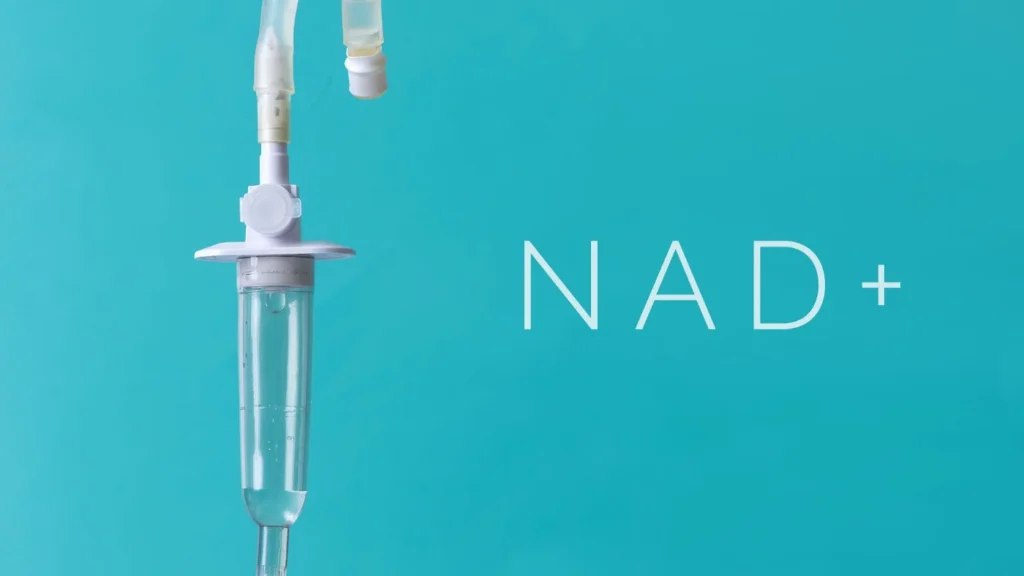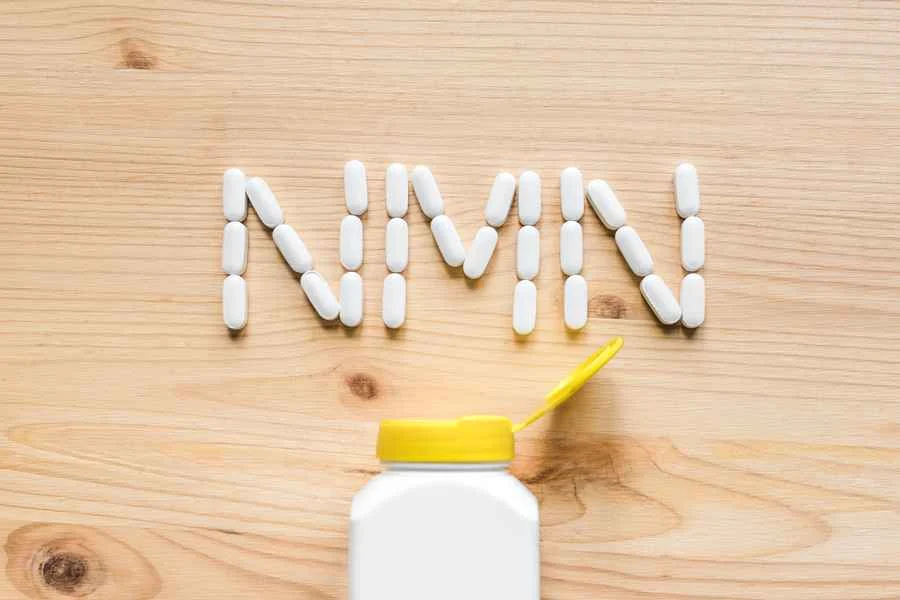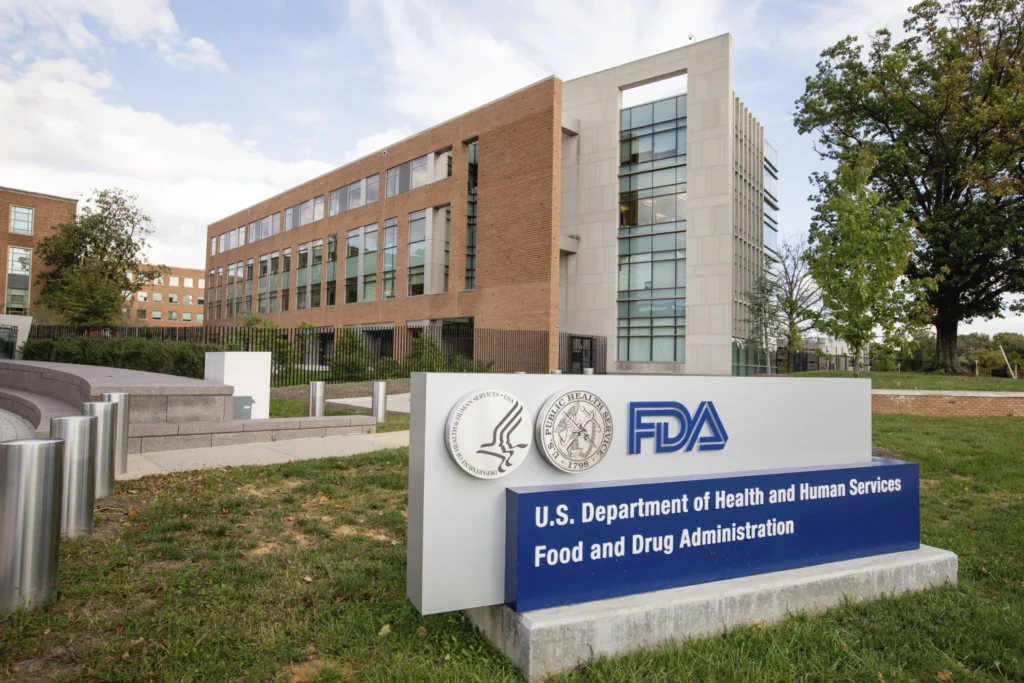If you’ve dipped your toes into the world of longevity and peak performance, you’ve undoubtedly encountered the buzz around two powerful molecules: NAD+ and NMN. They’re hailed by scientists like Harvard’s David Sinclair and biohackers alike as critical players in the fight against aging. But this buzz often comes with a cloud of confusion.
You see products for both, hear conflicting advice, and are left wondering: What’s the real difference? Is one truly better than the other? And most importantly, which one should I be taking?
Consider this your definitive guide. We’re going to cut through the noise, break down the science in simple terms, and by the end, you’ll have a clear framework to decide which is the right choice for your personal health goals in 2025.
The Fountain of Youth Molecule? Why Everyone Is Talking About NAD+
Before we pit these two molecules against each other, let’s establish why this conversation even matters. We all experience it: the subtle dip in energy, the slightly longer recovery times, the realization that we’re not as resilient as we were in our twenties. For centuries, this was just an accepted part of life.
But what if it wasn’t?

Scientists have discovered that a single molecule is at the heart of this decline. That molecule is Nicotinamide Adenine Dinucleotide, or NAD+. Its levels in our bodies naturally plummet as we age—by the time we’re 50, we may have only half the NAD+ we had at 20. This decline is now seen as a key driver of the aging process itself. Restoring it, therefore, has become one of the most exciting goals in modern anti-aging science.
What Is NAD+? Meet the CEO of Your Cells
So, what does NAD+ actually do? Forget complex biochemistry for a moment.
Think of NAD+ as the CEO of your cells. It’s a crucial coenzyme, meaning it’s a “helper molecule” that enables countless vital functions to run smoothly. Without it, the entire cellular company would grind to a halt.
Its two main jobs are:
- Energy Production: NAD+ is essential for metabolism. It plays a critical role in converting the food you eat into ATP, the universal energy currency that powers everything from your muscles contracting to your neurons firing. Low NAD+ means low cellular energy. It’s like trying to run a factory on a dwindling power supply.
- DNA Repair and Maintenance: NAD+ activates a special class of proteins called Sirtuins (the “longevity genes”) and PARPs. These are your cell’s 24/7 maintenance crew. Sirtuins protect your DNA, reduce inflammation, and maintain the health of your chromosomes. PARPs rush in to repair DNA damage. Both of these critical repair systems are entirely dependent on NAD+.
When NAD+ levels fall, this cellular CEO gets overwhelmed. Energy production falters, and the DNA repair crew can’t keep up. This is cellular aging in a nutshell.
What Is NMN? The Direct Building Block for NAD+
If NAD+ is the finished product—the CEO running the show—then Nicotinamide Mononucleotide (NMN) is its most direct and efficient raw material.
To continue our analogy, if NAD+ is the car, NMN is the high-octane gasoline you put in the tank. Your body uses NMN to manufacture NAD+. It’s a precursor, meaning it’s one step away from becoming NAD+ in a cellular assembly line known as the “salvage pathway.”
The central idea behind taking NMN supplements is straightforward: by providing your body with an abundant supply of the direct building block, you enable it to naturally produce more of the final, all-important NAD+ molecule.
The Core of the Debate: How Do They Get Into Your Cells?
Here we arrive at the million-dollar question and the very heart of the NAD+ vs. NMN debate. It’s not enough to just ingest a molecule; it has to get inside your cells to do its job. This is where things get interesting.
The Old Theory: Size Matters
For a long time, the scientific consensus was simple. The NAD+ molecule itself is quite large. The prevailing theory was that if you took NAD+ orally, it was like trying to shove a king-sized mattress through a standard doorway—it just wouldn’t fit through the cell membrane. Furthermore, it would likely be broken down in the digestive system before it even got a chance.
NMN, being a smaller molecule, was thought to have a better chance of making the journey. This was the initial, primary argument in favor of NMN over direct NAD+ supplementation.
The Game-Changer: The Discovery of the NMN Transporter (Slc12a8)
But the story took a dramatic turn in 2019. A groundbreaking study led by Dr. Shin-ichiro Imai at Washington University School of Medicine identified a specific, dedicated transporter for NMN.
This transporter, called Slc12a8, acts like a dedicated VIP entrance for NMN into cells.
This was a monumental discovery. It meant that NMN doesn’t just passively seep into cells; it’s actively and efficiently pulled in. This finding provided powerful evidence that NMN is indeed a highly effective precursor, purpose-built by evolution to replenish NAD+ levels.
What About Taking NAD+ Directly?
So, does this mean taking NAD+ directly is a lost cause? Not necessarily. While oral NAD+ in its basic form still faces the “big mattress, small door” problem, modern science has found clever workarounds. The most prominent of these is liposomal technology, which we’ll discuss in a moment. Think of it as disassembling the mattress outside, carrying the pieces through the door, and reassembling it inside the room.
NAD+ vs. NMN: A Head-to-Head Comparison
To make things crystal clear, let’s summarize the key differences in a simple table.
| Feature | NAD+ (Nicotinamide Adenine Dinucleotide) | NMN (Nicotinamide Mononucleotide) |
|---|---|---|
| Role | The active, “finished” molecule in the cell | The direct precursor or “raw material” for NAD+ |
| Molecular Size | Larger | Smaller |
| Oral Absorption | Traditionally poor; easily degraded in the gut | Better; has a dedicated cellular transporter (Slc12a8) |
| Primary Supplement Forms | IV therapy, patches, liposomal capsules | Oral capsules/powder, sublingual, liposomal |
| Scientific Research | Decades of research as a fundamental biomolecule | More recent and intense focus as a supplement |
| Cost | Generally higher, especially for IV therapy | More accessible and cost-effective for daily use |
Delivery Methods Are Crucial: Oral, Liposomal, and IV
How you take a supplement is just as important as what you take. The delivery method directly impacts bioavailability—the amount of a substance that actually enters your bloodstream and reaches your cells.
- Oral (Capsules/Powder): This is the most common and convenient method. However, standard capsules face the harsh environment of the stomach, risking degradation.
- Sublingual (Under the Tongue): By dissolving the supplement under the tongue, it can be absorbed directly into the bloodstream, bypassing the “first-pass” metabolism in the liver. This often leads to faster and more efficient absorption.
- Liposomal: This is a cutting-edge delivery system. The active ingredient (NMN or NAD+) is encapsulated in a tiny, fat-soluble bubble called a liposome. This lipid “shield” protects it from the digestive system and allows it to merge directly with cell walls to deliver its payload. It dramatically increases bioavailability for both NMN and NAD+.
- Intravenous (IV): This method delivers NAD+ directly into the bloodstream, guaranteeing 100% bioavailability. It’s the most potent and fastest-acting option but is also the most expensive, time-consuming, and invasive, requiring a clinical setting.
The NMN Controversy: What’s the Deal with the FDA?
You cannot have an honest discussion about NMN without addressing the elephant in the room: its status with the U.S. Food and Drug Administration (FDA).
In late 2022, the FDA ruled that NMN could no longer be marketed as a “dietary supplement” in the United States. This caused a lot of alarm and confusion. However, the reason is key: the FDA made this determination because NMN is now being investigated as a potential new drug. By law, a substance being investigated as a drug cannot simultaneously be introduced to the market as a supplement.
This does not mean the FDA found NMN to be unsafe. In fact, many experts interpret this as a backhanded compliment—it suggests NMN’s effects are so potent and promising that it has attracted pharmaceutical interest. For now, it exists in a regulatory gray area in the US, though it remains widely available.
Conclusion: So, Which One Should You Choose?
We’ve covered the science, the absorption, and the controversy. Now, let’s bring it all together to answer the final question: which one is right for you? There’s no single right answer, but we can use a framework based on your goals.
For the Biohacker / Performance Optimizer:
- Your Goal: You want the most efficient, cutting-edge oral supplement to maximize your cellular energy and recovery.
- Recommendation: High-bioavailability NMN (Liposomal or Sublingual). The logic is sound: you’re providing the most direct, efficiently transported raw material for your body to create exactly the amount of NAD+ it needs, where it needs it. The discovery of the NMN transporter makes it a scientifically compelling choice.
For the Anti-Aging Hopeful / Beginner:
- Your Goal: You’re looking for a safe, reliable, and convenient way to combat the general effects of aging, like low energy and mental fog.
- Recommendation: Standard or Liposomal NMN. It remains the more mainstream, accessible, and well-studied oral supplement for raising NAD+ levels. Starting with a reputable NMN product is a fantastic entry point into the world of NAD+ restoration.
For the Cautious Skeptic / Those Seeking Immediate Effects:
- Your Goal: You want guaranteed results, or you’re using it for acute needs (like recovering from jet lag or illness), and budget is less of a concern.
- Recommendation: NAD+ IV Therapy or Liposomal NAD+. If you want to bypass the conversion process entirely and ensure 100% bioavailability, IV is the gold standard. For a powerful oral alternative, Liposomal NAD+ is an excellent choice, as the liposomal shield is designed to overcome the molecule’s size and absorption challenges, delivering the finished product directly.
Frequently Asked Questions (FAQ)
1. Can you take NAD+ and NMN together?
While possible, it’s likely redundant. Since NMN converts to NAD+, you’re essentially taking two versions of the same thing. It’s more effective to choose one high-quality product based on your goals and delivery preference.
2. What is the best dosage for NMN?
Clinical studies often use dosages ranging from 250mg to 1,000mg per day. Most people start around 250-500mg. It’s best to start lower and see how you feel, and always follow the product’s specific recommendations.
3. Are there any side effects?
Both NMN and NAD+ are generally considered very safe, with human studies reporting no major adverse effects. Some people may experience mild flushing or an upset stomach, especially at higher doses.
4. How long does it take to see results?
This is highly individual. Some people report feeling increased energy and mental clarity within days or weeks. For others, the effects are more subtle and accumulate over 1-3 months. The key is consistency.




